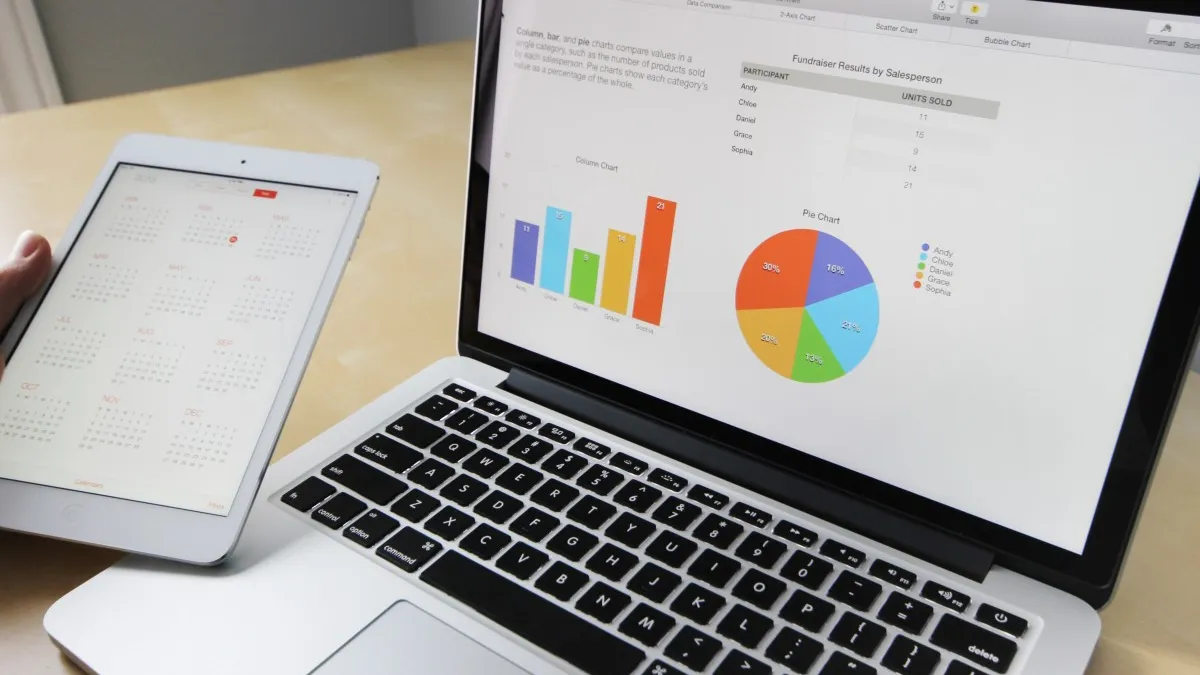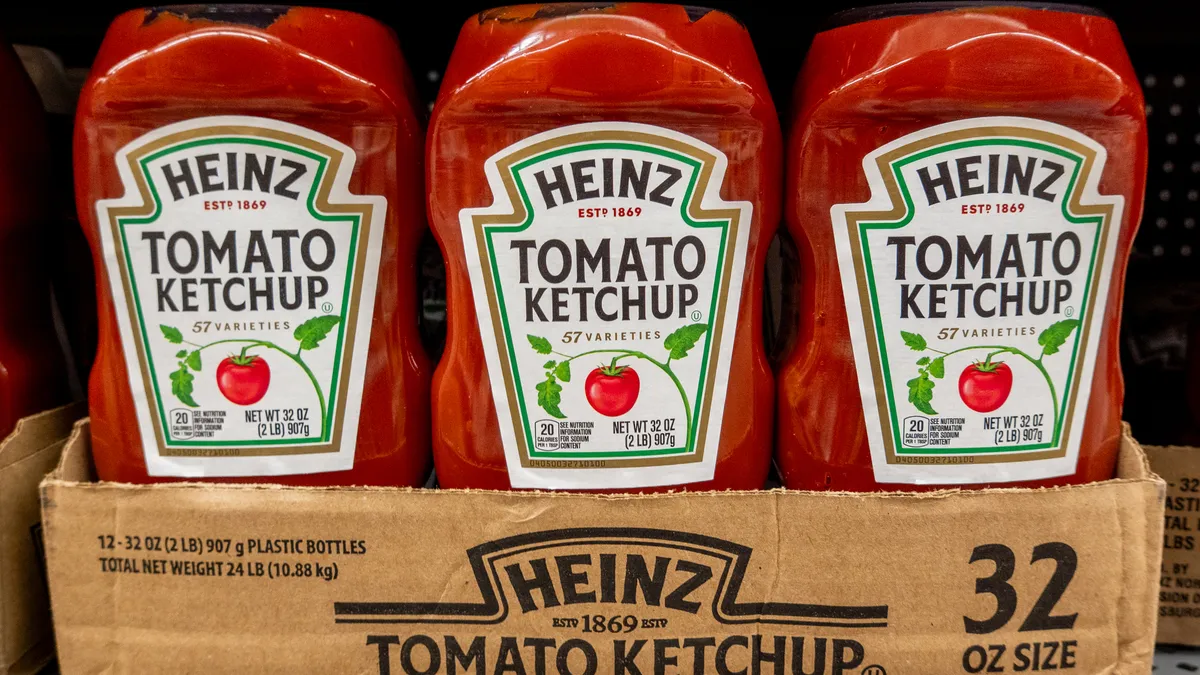Despite the advances in cloud computing and software as a service (SaaS) solutions, many procurement departments still use legacy spreadsheets to manage complex business processes.
Excel can be easily customized and offers many benefits, but its lack of integration, collaborative features and real-time capabilities limit its potential in today’s digital supply chain. In many cases, exclusive reliance on Excel can leave procurement departments with inaccurate data forecasts and even a loss of data or spreadsheet operation.
Procurement leaders must take a close look at their needs and explore new ways to enhance the management of their data and make the most of it to drive speed and efficiency.
The comfort and flexibility of legacy spreadsheets
Roughly half of procurement organizations use legacy tools such as Excel to analyze their data, according to the 2019 Cognitive Sourcing Study from LevaData. Half of respondents said their organization was "somewhat or very ready" for digital transformation, and one in five respondents said they had no plans to undergo a digital transformation in the near future.
Excel remains an attractive business application because it appeals to the "psychology of control," Richard Barnett, senior vice president of marketing for LevaData, told Supply Chain Dive. Procurement leaders can easily manipulate or personalize their spreadsheets and manage data as they see fit.
"When they encounter problems with [software], many revert back to Excel because they can do it ad hoc, it’s flexible and they’re just familiar with it."

Kaushal Dave
EVP of products and customer solutions, Aera Technology
For organizations that may rely on different solutions, it is one that many have in common as a means to share data among different sources and calculate their own analysis. "The ability to put information in Excel, modify it, come up with your own analysis and share it often has a lot do to with the need to control information, assumptions and access," Barnett said.
Another common reason many organizations stay with spreadsheets is that rigidity in new software platforms may not enable them to do the things they want to do, Kaushal Dave, executive vice president of products and customer solutions at Aera Technology, told Supply Chain Dive. Some solutions can be inefficient and cumbersome to customize, and there’s a comfort in relying on a familiar program that has served the company for decades.
"When they encounter problems with [software], many revert back to Excel because they can do it ad hoc, it’s flexible and they’re just familiar with it," Dave said.
Risk in real time
While many procurement departments may feel comfortable using their legacy Excel files to manage procurement, it is not without risk. While Excel does enable organizations and departments to share data in a common format, it also helps preserve some of the silos that so many organizations are trying to eliminate. The inability to perform analysis in real-time and to collaborate with other partners is a major inhibitor at a time when supply chains need greater visibility and the ability to quickly respond to market changes.
Barnett has seen situations where a sourcing or global commodity leader manages a portfolio of more than $100 million in annual spend for direct material parts in an Excel file. This method carries a significant risk of inaccurate data, because it pulls in information from many different sources that haven’t been shared, validated or reviewed.
"We’ve seen sourcing managers manage 50 tabs and 250 columns with up to 1,000 rows of data in each one of those tabs. That’s the level of complexity they get into and it can lead to bad decision making based on inaccurate assumptions," Barnett said.
In addition, the continual growth and complexity of the files only adds to the file size which can slow down performance. "It’s just not an efficient or collaborative tool. And if the file somehow gets [corrupted] and you don’t have a copy of it, it can create all kinds of problems," Dave said.
As many of these legacy Excel files have been built and managed over the years by a handful of employees, there can be a significant risk if that employee leaves the organization. In one example, Dave saw a company’s operations disrupted when an employee left, and it had to scramble to find a software vendor to assume the operations. "They lost a lot of time and it created chaos," Dave said.
Moving beyond spreadsheets
It’s no longer enough to move data from Excel sheets to a central ERP system, Barnett said. To attain real value and change, organizations must tap the power of software that can access data from across the supply chain and automatically enable it to support decision-making.
As organizations seek to transition away from spreadsheets, many look to new solutions that use machine learning to help analyze data. Aera uses data crawlers, a processing engine and pre-built "skills" that enable it to learn from the data and optimize decision making, Dave said. Other popular applications that use AI include SAP Supply Chain Management, Oracle SCM and Epicor SCM.
However, significant pressure on procurement leaders to cut costs and maintain consistent supply levels can slow down transformation. As a result, innovation falls low on the list of priorities, even though such investments could make procurement faster, reduce lead times, and make a positive impact on revenues.
"We’ve seen sourcing managers manage 50 tabs and 250 columns with up to 1,000 rows of data in each one of those tabs."

Richard Barnett
Senior VP of Marketing, LevaData
The organizations that have been most successful moving beyond Excel have gone with vendors with a platform model. A traditional platform approach offers the ability to build collaborative models and skills on top of the source system and data.
"The best planning knowledge and how-to is locked and stored in the system, and it operates like a planner afterwards and people adopt it because it’s now there forever," Dave said. He added that with a platform, when someone leaves the company, the knowledge is not lost.
While Excel sheets are not going away, Barnett said, the organizations that will lead the pack in the digital supply chain are the ones that can leverage more accurate and real-time data. "I would say it’s a real challenge for companies and I think we’re finally seeing a slow shift from spreadsheets for key functions as there’s a need to leverage more advanced optimization techniques and Excel doesn’t support it," Barnett said.
This story was first published in our weekly newsletter, Supply Chain Dive: Procurement. Sign up here.




















